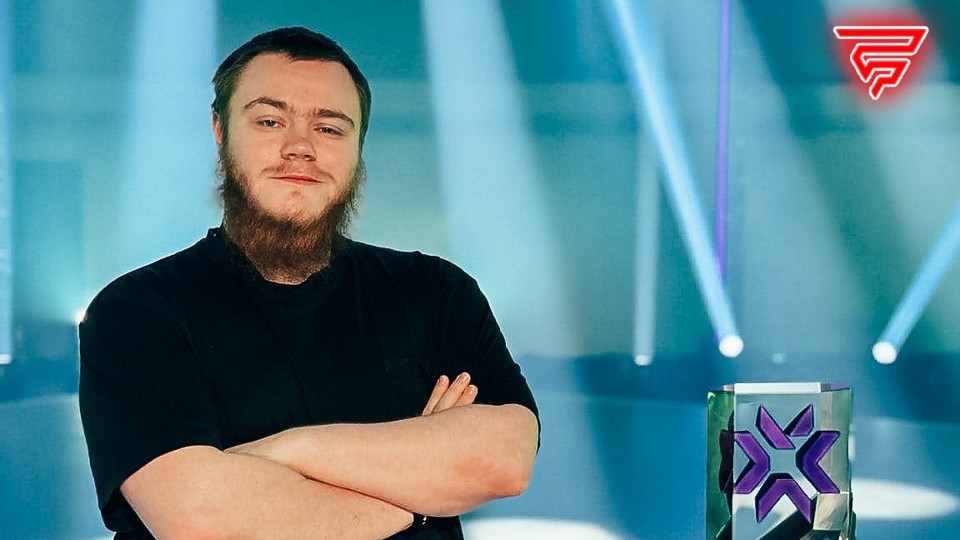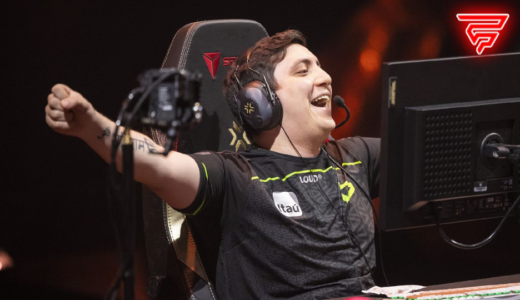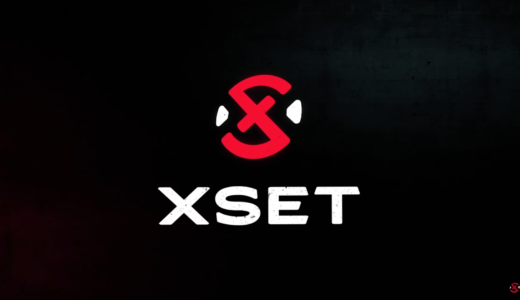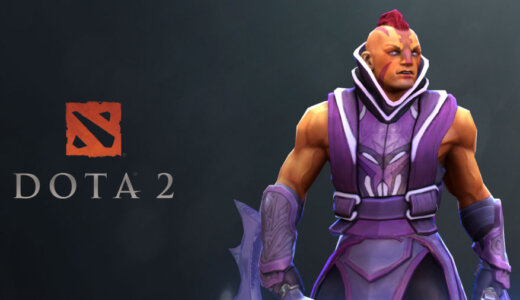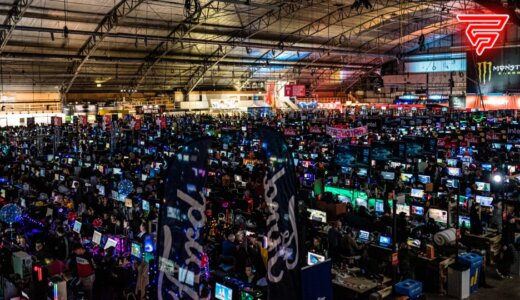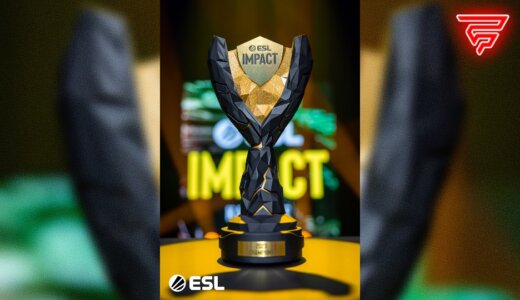While North American Valorant serenaded XSET with affluent praise for their victory in the VCT Challengers 2 playoffs, for Nicholas “Yehty” Tesolin, he added yet another event in his ever-growing observing career.
By taking charge of broadcasting a multitude of series spread across two weeks, of which his tasks included deciding when is the perfect time to display a certain shot, displaying a map’s overlay to present the execution of a team’s strategies, switching among various players’ POVs during a barrage of kills and abilities thrown per round, it would seem that the task of managing NA’s most important event might’ve been too daunting for any 24-year-old to undertake.
Nevertheless, Yehty withstood the stress surrounding the stage he stood on and managed to ensure a fluid broadcast throughout the competition.
In the first of this two-part interview, Fragster caught up with Yehty to discuss the current state of his observing career, the burgeoning observing community, his efforts of networking with other observers from different regions, and how he transitioned to working in Valorant after starting out in other titles.
Excited to be back observing for #VALORANTMasters Copenhagen
This will be my first Esports experience with a live audience, and its something I've been waiting on for the last 2 years. So unbelievably stoked 🔥 https://t.co/2dhOXOrkqv
— Nicholas @M2: 🇩🇰 (@Yehty_) July 1, 2022
Pedro Romero: You just finished the NA VCT Challengers 2 Playoffs and are currently in a break period before going to Denmark for the next Masters event. How are you doing at this moment? How are you feeling at this stage in your career?
Yehty: I’m doing good considering I had a few LANs to prep for prior to this one. A lot of my preparation has been pretty standard. I’m prepping for travel, studying some of the teams I’m gonna be seeing or some of the regions I don’t get to watch throughout the year, and that’s pretty much it.
Let’s dive deep into how you prepare as an in-game director. Your responsibilities are presumably vastly different compared to a standard observer.
Yeah, it’s different. Since I free cam while in-game directing, I have my set of responsibilities as an observer and a director. I’m doing more on organizing and communicating with other POV observers and making sure what perspectives I have to make those decisions. I try to stay on top of strategy elements and understand it in a more competitive fashion. Being in this position, I can make the best decision knowing what’s happening within each round or knowing the team’s playstyle.
Mode of preparation
Final week of VCT playoffs and I'll be back again rocking it with the squad 😎💪 Lets get it! https://t.co/VCP54gZMfj
— Nicholas @M2: 🇩🇰 (@Yehty_) June 23, 2022
Prior to Challengers 2 Playoffs, what did you focus on to ensure the entire operation happened smoothly?
The one thing that helps a lot with closed format tournaments is seeing the same teams over and over again. I’m seeing a lot of the teams that I saw in the regular season, so when I prepped for those teams, a lot of it was just going back and reviewing the old games and their VODs.
It’s fair to say you were already familiar with each team’s in-game habits by this point of the season.
A lot of the time, you tend to pick up on specific players’ tendencies and the pacing certain teams might head towards. One team might default more often and have a slow start to the rounds whereas there might be other teams that prefer to rush and are full-on aggressive right from the start. Conversely, it’s a lot harder to do with open tournaments or lower-tier tournaments because you don’t know many of the players. A lot of the rosters might be newly formed or just new overall so you don’t get that same kind of preparation. But when it comes to official circuits, it’s pretty easy to prep because you’re seeing teams you’ve seen before.
That's a wrap on Stage 2 #VCTNA Challengers!
The OBS team has been working a lot on synergy and communication to increase fluidity of the viewing experience and with that I wanted to share some of my favourite moments from the last few months. pic.twitter.com/K0CVDb7JpU
— Nicholas @M2: 🇩🇰 (@Yehty_) June 27, 2022
Given that you prepared for each team, surely it becomes difficult for you to remember how each team perform and execute their strategies as an in-game director.
One thing that helps is note-taking since if I end up forgetting anything, or if there are numerous teams that have their own sub-metas, you can forget a lot about what you might have studied. The note-taking factor helps as something I can use for reference. For example, if I have DRX versus Fnatic, I can pull up my notes for both teams and see if these same exact rosters have previously played each other in some way, what did they do differently, and how did they change things up since then.
Then it must bear mentioning that the degree of difficulty within that dynamic is amplified while working in international events.
It’s definitely something that’s really different because there’s not a lot you can expect. I know how NA teams and NA players play against other NA teams and NA players, but a lot of the time, it’s really hard to tell how regional play styles and meta might interact with each other and there could be moments where you will predict that a game might go a certain way, but it might get flipped on its head completely just because of those styles clashing, right?
Connecting with other observers
In one of your recent tweets, you asked for help in researching observers from Japan. What do you look for when it comes to researching different observers from other regions as an in-game director?
I was really curious because, when it comes to the culture around observers, they are often more public. They all have a social media presence and it’s easier for me to see who’s working what events, have conversations with them, and build a community on the production side of Valorant esports. But when it comes to regions like Korea and Japan, it’s harder to find who they are due to language barriers.
Anyone know who the @valesports_jp observers are? they're doing a really good right now! Would love to reach out 🤝 pic.twitter.com/q8mTuLQRAr
— Nicholas @M2: 🇩🇰 (@Yehty_) June 25, 2022
The main reason I wanted to approach them was that I felt they were doing a really good job. Through that tweet, I got some replies and DMs that shared info on some of the teams which help run the VCT Japan events and other production elements and I got to talk with people who speak a bit of English and Japanese from the opposite side of the world about observing and esports production.
I guess you’ve made plenty of progress in that regard.
The easiest connection I’ve had has been with NA and EU, but I’m starting to make some progress on learning who’s doing the other regions. The end goal, when trying to figure out who these people are, is just to continue building the community we have as observers. I want to help any observer no matter which region they’re from and the skill level they currently have, whether they’re brand new or experienced.
In the player sphere, you have many people and teams constantly communicating and sharing ideas amongst themselves to improve their own gameplay. How do you view the current observer community and is it similar to the players in a collaborative sense?
There are a lot of community aspects surrounding it that most people probably won’t know about. When Valorant first came out, there was this Discord server called the “Valorant Talorant” which served as a place for casters, producers, and observers, but it almost seems like the observers have taken over since they’re usually the most interactive. Like any other video game community, we’re all just intermingling and constantly learning from each other. Many people would always contact each other for help and ask questions about how they can continue improving themselves.
VALORANT crowds >>>>>
— Nicholas @M2: 🇩🇰 (@Yehty_) June 25, 2022
Transition to Valorant from R6
You started working events for League of Legends and Rainbow Six Siege before transitioning to Valorant, so I’d like to know about how you fared in your transition from those two games to now. What helped you adapt through your time working in LoL and R6?
The initial transition was definitely different. When I started in R6, I never really worked in observing. I was essentially directing broadcasts for any of the varsity teams we had in college. One game I did was R6 and that was because no one else wanted to observe it, but I saw it as a good challenge.
BTS of the @UpsurgeGG UPL R6
@lCMoorel & @SavedCasting on the 🎙@PresyPC, @imppulse_ & myself on the ⌨ 🖱 🖥 pic.twitter.com/rUZTEwbKT0
— Nicholas @M2: 🇩🇰 (@Yehty_) March 1, 2020
To say R6 is difficult observing-wise is a bit of an understatement because it is really difficult. In Valorant, we have a mini-map that helps us guide what’s happening, but in R6, you don’t have that luxury. There’s no reference and mini-map. The closest thing you have is an X-ray, but even then, it doesn’t help you understand where people are and what they are doing.
Bro I observed 12 hours strait of R6 one time and felt like my brain was melting, those days are always some of the worst but at the same time really rewarding knowing you can go for that long
— Nicholas @M2: 🇩🇰 (@Yehty_) April 18, 2021
I never got too far into R6. I only did collegiate and amateur-level stuff, but even so, R6 helped me learn how to prepare for a game and how to predict what players might be doing without much reference. I guess R6 served as a decent transition into Valorant considering they’re both tactical-based shooters albeit in a different way. Having that as a precursor to Valorant made understanding ability usage a lot easier.
Read the interview with Yehty (part 2) here.
